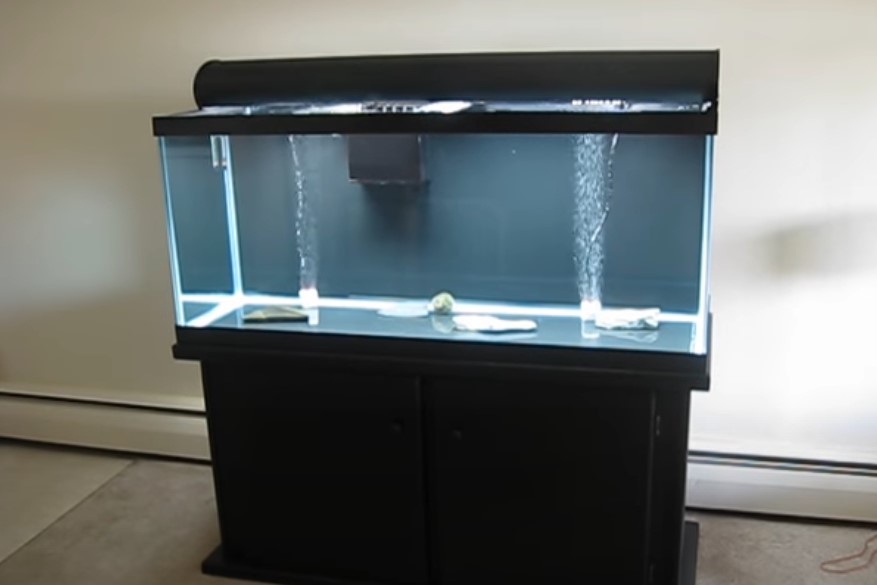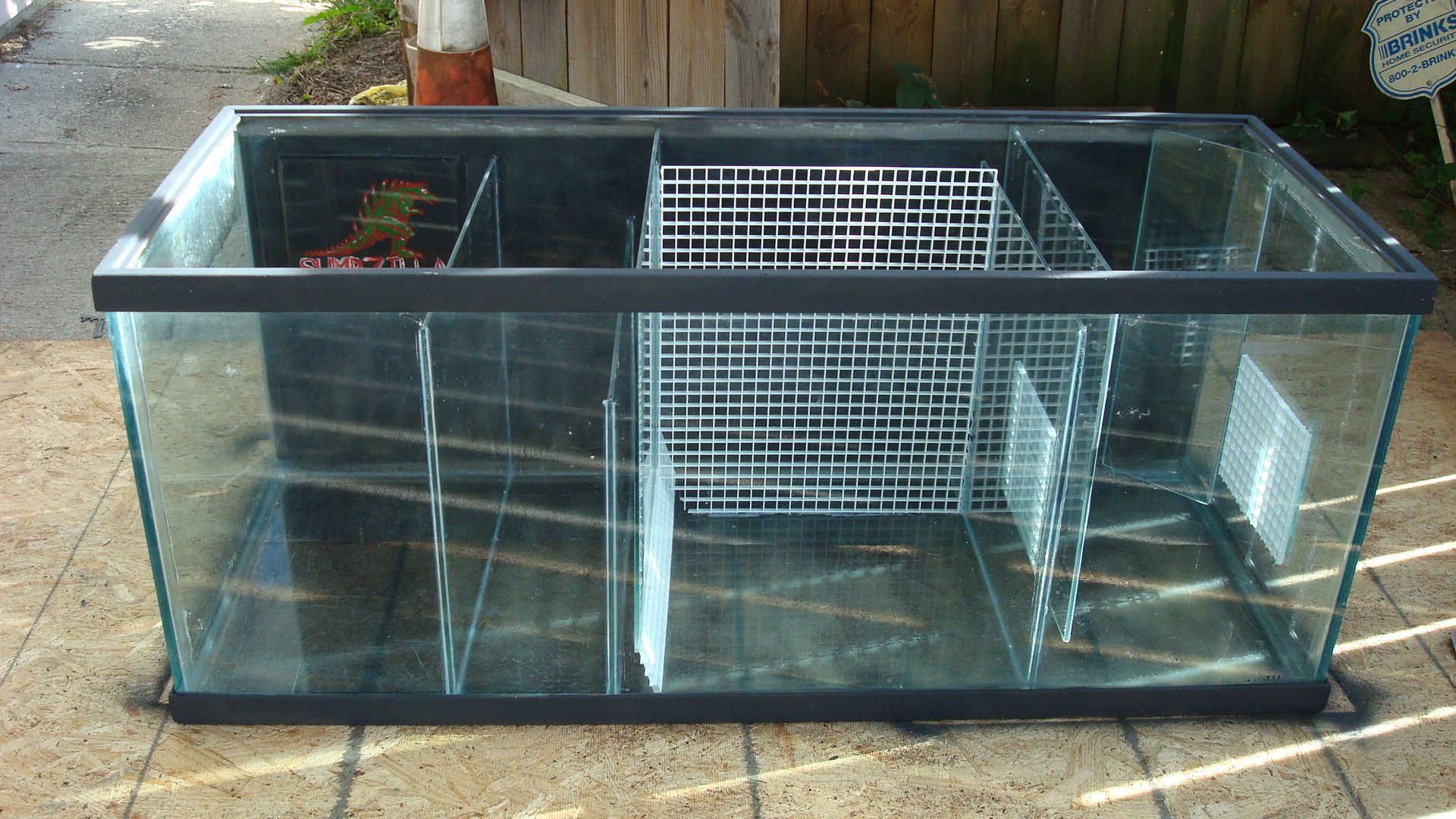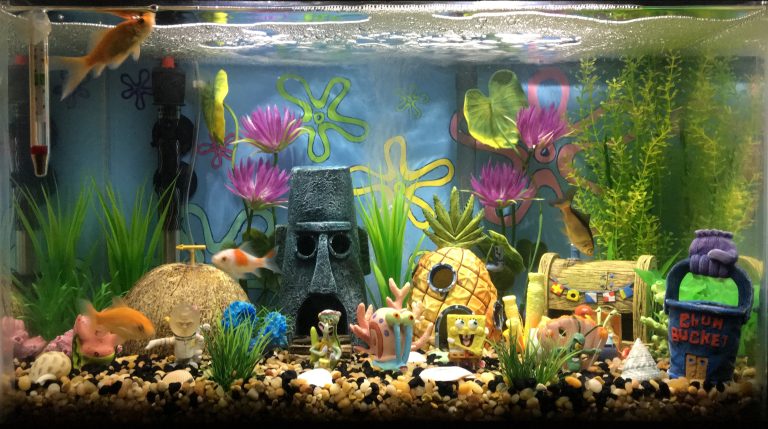Sump For 75 Gallon Freshwater
Are you a proud owner of a 75-gallon freshwater aquarium? If so, you may be wondering about the benefits of using a sump system to enhance the overall functionality of your tank. A sump for a 75-gallon freshwater aquarium is a valuable addition that can greatly improve water quality, increase filtration capacity, and provide a host of other advantages. In this article, we will explore the ins and outs of sumps, and why they are a popular choice among aquarium enthusiasts.
What is a sump?
At its core, a sump is an additional tank that is connected to your main aquarium. It serves as a secondary filtration system and provides additional space for equipment such as heaters, protein skimmers, and refugiums. Sumps are commonly used in larger aquariums to increase water volume, improve water flow, and house equipment that might take up valuable space in the main tank.
Why use a sump for a 75-gallon freshwater aquarium?
Using a sump system in your 75-gallon freshwater aquarium offers several benefits that can greatly enhance the overall health and stability of your aquatic environment. Let’s take a closer look at a few key advantages:
1. Increased water volume: A sump increases the total water volume of your aquarium, which helps to dilute toxins and maintain stable water parameters. This is particularly beneficial for larger tanks like the 75-gallon freshwater setup.

2. Enhanced filtration: Sumps allow for the use of additional filtration media, such as filter socks, biological media, and chemical filtration cartridges. This helps to improve water clarity and remove excess nutrients that can lead to algae growth.
3. Improved water flow: By housing equipment like pumps and protein skimmers, sumps can improve circulation within the aquarium. This ensures that water is effectively circulated and filtered, promoting gas exchange and preventing dead spots.
4. Equipment consolidation: With a sump, you can move equipment like heaters and protein skimmers out of the main tank, freeing up valuable space for fish and decorations. This can create a cleaner and more aesthetically pleasing display.
5. Reduces noise: Some aquarium equipment can be noisy, such as the water return from a protein skimmer or the sound of water splashing into the tank. By utilizing a sump, you can reduce the noise generated by these components as they operate in a separate tank.
Setting up a sump for a 75-gallon freshwater aquarium
Now that we’ve explored the benefits of using a sump, let’s discuss how to set one up for your 75-gallon freshwater aquarium. Follow these steps to get started:
1. Choose the right sump: There are various types of sumps available on the market, so choose one that suits the size and requirements of your aquarium. Ensure that it properly fits below or beside your main tank and has enough space for all the necessary equipment.
2. Plan the plumbing: Before installing the sump, plan out the plumbing connections and ensure that you have the necessary fittings and pipes. This includes designing an overflow system to transfer water from the main tank to the sump and a return system to bring filtered water back into the aquarium.
3. Install the overflow and return systems: Set up the overflow system to regulate the water flow from the main tank to the sump. This typically involves placing an overflow box inside the main tank, connecting it to a PVC pipe that leads to the sump. Install a return pump in the sump to bring the filtered water back into the aquarium.
4. Add equipment: Once the plumbing is in place, install the necessary equipment in the sump, such as a protein skimmer, heater, and any additional filtration media. Make sure to secure all equipment properly to prevent accidents or leaks.
5. Test and adjust: Before connecting the sump to the main tank, fill it with water and test the system for any leaks or issues. Adjust the flow rate of the overflow and return systems as needed to achieve optimal water circulation.
6. Connect the sump: Finally, connect the sump to your 75-gallon freshwater aquarium by attaching the overflow and return pipes to the corresponding fittings. Ensure a tight and secure connection to prevent water loss or damage to the system.
Frequently Asked Questions
1.How often should I clean my sump?
Cleaning the sump depends on various factors, such as the amount of waste produced by your fish and the efficiency of your filtration system. As a general guideline, it is recommended to clean the sump every 2-3 months to remove accumulated debris and perform maintenance on the equipment.
2.Can I use a sump with a planted freshwater aquarium?
Yes, sumps can be used in planted freshwater aquariums. In fact, a sump can be beneficial for maintaining water quality and nutrient balance in planted tanks. Just ensure that the water flow and filtration media are suitable for the specific requirements of your plants.
3.Do I need a professional to set up a sump for my aquarium?
While setting up a sump does require some plumbing and basic aquarium knowledge, it is a task that can be accomplished by most aquarium enthusiasts. There are many resources available online, such as tutorials and forums, that can guide you through the process. However, if you feel unsure or uncomfortable, it is always a good idea to consult with a professional.
Final Thoughts
A sump system can be a valuable addition to your 75-gallon freshwater aquarium, providing increased water volume, enhanced filtration, improved water flow, and equipment consolidation. By following the steps outlined above, you can successfully set up a sump and enjoy the benefits it brings to your aquatic environment. Remember to regularly maintain and clean your sump to ensure its optimal performance. Happy fishkeeping!





